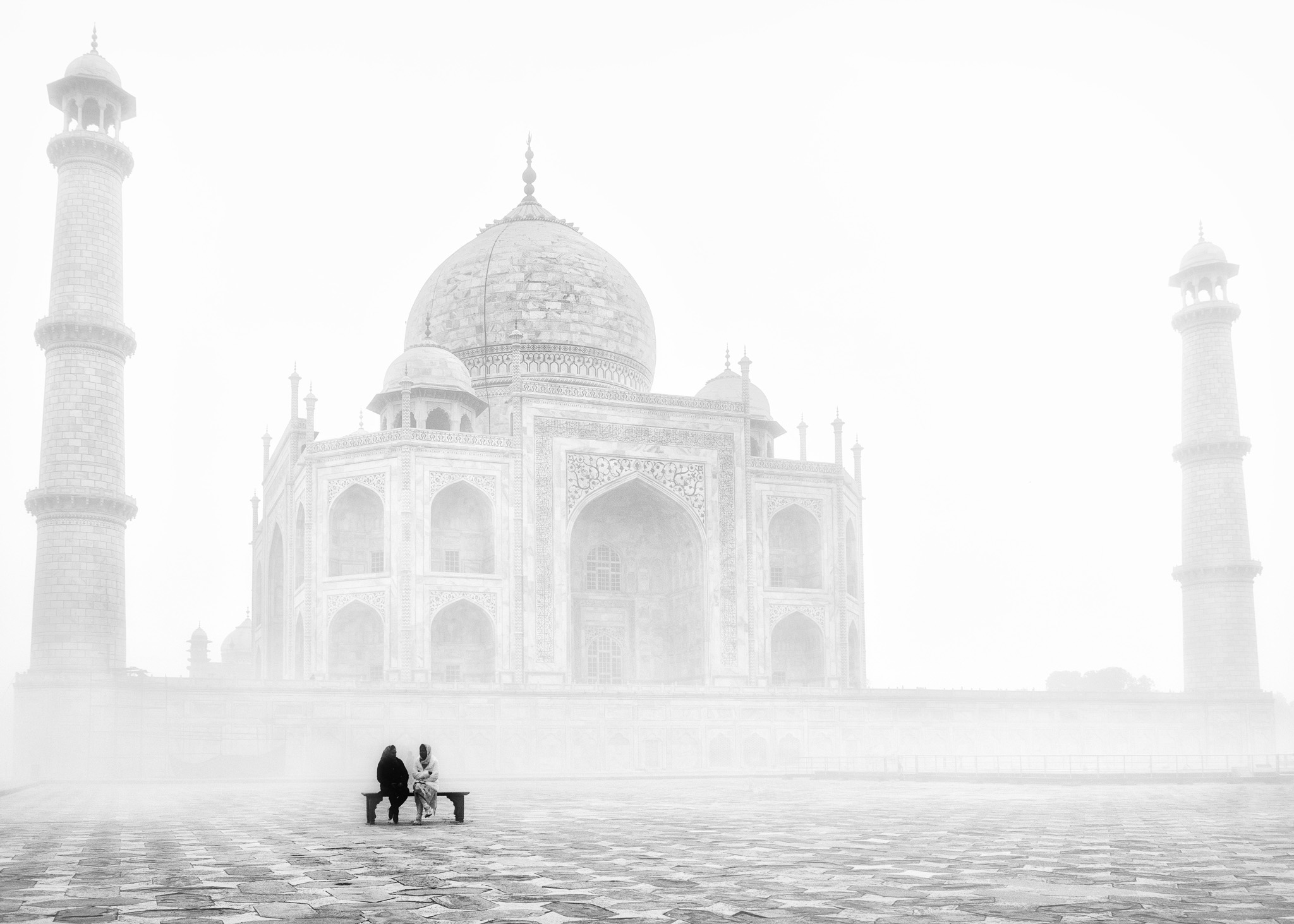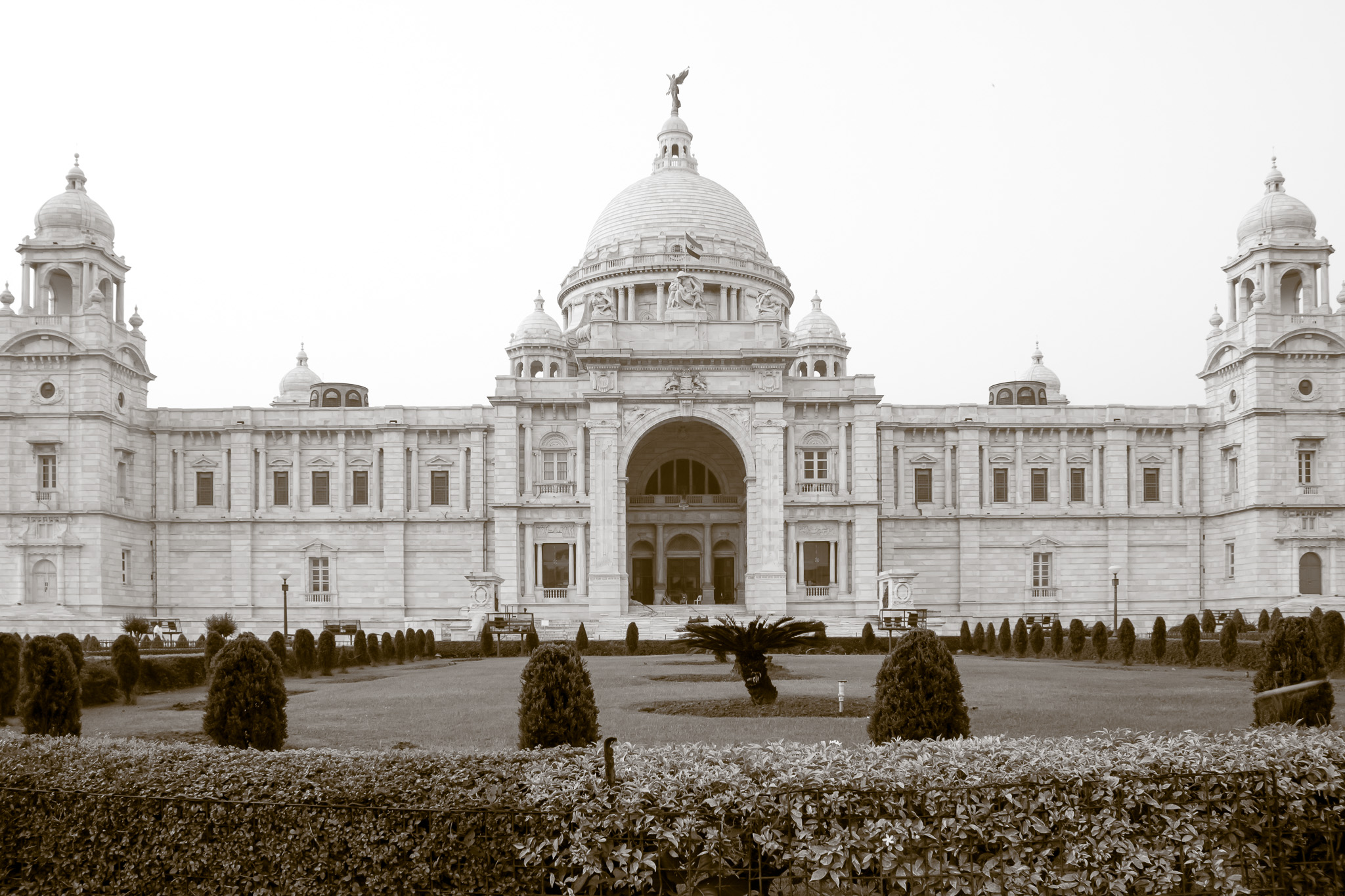The Mists of Time
The marble mines of Makrana are considered the oldest marble mines in India. Exactly how long this marble has been treasured by local people has been lost to history, but we do know that the legacy of Makrana is inextricably linked to the story of the Taj Mahal of Agra, the precious mausoleum commissioned in 1632 by the grieving Mughal emperor, Shah Jahan, for the interment of his wife, Mumtaz Mahal. It is believed that for the construction of the Taj Mahal, artisans came from the Mekran city of Iran and these gifted pioneers gave their name to the place we now know as Makrana.

The Taj Mahal
The Taj Mahal is one of the most recognizable buildings on earth; a UNESCO heritage site that attracts millions of visitors every year, it has long been considered one of the Wonders of the World. The planning and construction of this famous building were led by a group of architects who employed over 20,000 artisans and workers to complete this labour of love. During the planning and building of the Taj Mahal, the best materials were sourced from all over India and beyond. The highest quality stone, most precious gemstones, and the finest metals were procured and worked by the most accomplished artisans. The standard was demanding, and the most important consideration was the marble itself.
To achieve a perfect ivory-white finish, in a stone that would withstand the test of time without succumbing to damage, discolouration or loss of structural integrity, they looked to the country’s historic mines. Before long, 2000 artisans had settled in the area and established the town that became known as Makrana. The name is inspired by the place that many of these artisans hailed from originally; an area which is also known as Makran, situated between Pakistan and Iran.
The construction of the Taj Mahal was the catalyst that created a thriving marble industry in Makrana. Those who settled there to provide stone for the project found that demand for the high-quality marble persisted even after the completion of the Taj Mahal, and so it was that a community was formed. This community was united by the marble that lay under their feet; each generation of each family became part of the process, from the mining and extraction to the stonemasonry. This legacy continues to this day.

The East India Company and Martin Burn
Just as the building of the Taj Mahal created a great demand for Makrana marble, in the twentieth century, Makrana marble once again experienced a surge in demand as it was the chosen material for the Victoria Memorial in Kolkata. Building began in 1906 and the monument was formally opened to the public in 1921. In 1910, the East India Company started a subsidiary called ‘Martin Burn’ in Makrana. The purpose of the enterprise was to supply the marble for the Victoria Memorial, and once this incredible building was complete, it was sold off. The subsidiary was split into three separate interests and purchased by three prominent family businesses local to Makrana.
Two parts of the enterprise were bought by Haji Shaikh Natthu Ji and R.G. Bansal, who transferred the infrastructure of their business interests elsewhere. The other part of the ‘Martin Burn’ subsidiary remained in the same place and was purchased in 1931 by Choudhari Mubarak Ali, S/O Haji Hussain Bux Fazal Ji, in partnership with Sri Badri Narayan. Sri Badri Narayan remained with the company for about ten years, after which complete control of the factory and business was established by Mubarak Ali Choudhari. The firm became famous under the name ‘H.S. Hussain Bux Fazal Ji’.

H.S. Hussain Bux Fazal Ji
The Choudhari family have been the custodians of Makrana since the 17th century, with at least nine generations working to extract the stone and provide a living for the artisans who work it. Their ancestors invested their lives in Makrana marble; they trace their history back to when the marble was first used to create the Taj Mahal, which still stands as a testament to their skills. Perpetual quarry lease licences were issued by His Royal Highness of Jodhpur in recognition of the skills of the artisans who had travelled from Makran, Iran to work on the Taj Mahal. One of the earliest recipients of this honour was Fazal Ji, marking the beginning of the family’s long history in Makrana.
Throughout the 19th century, the family business expanded and focused on opening up new mines and quarries. They went on to work closely with Martin & Burns, the purchasing agent for the East India Company, supplying marble for the construction of the Victoria Memorial in Kolkata, under the guidance of Mubarak Ali. The firm was incorporated in 1911 under Messrs H.S. Hussain Bux Fazal Ji. In 1921, on completion of the Victoria Memorial, the title Choudhari was bestowed on the family by the British.
Each generation of custodianship in the 20th century has moved the business forward in new ways. In the 1930s, Seth Mubarak Ali Choudhari opened up new workshops for processing the stone, setting an entrepreneurial precedent that led Babu Shaukat Ali to modernise the process in the 1970s and 1980s by importing machinery from Italy. This was also a time of great investment in major religious and spiritual structures across India, and Makrana marble was highly sought after for these applications.
In modern times, the family business is actively working to promote and protect the legacy of Makrana Marble, with sustainability in mind. Under the guidance of Meraj Ali Choudhari, the company has sought out exciting new avenues to bring the beauty and functionality of Makrana to the world. As well as continuing to provide the highest quality marble for architectural projects, there is a growing focus on the artistic and spiritual uses of the stone. Three new initiatives, Qissa (fine art sculptures), Shwet (spiritual spaces) & Ustaji (handicrafts) provide a new interpretation of Makrana’s past and guide it into the future.
Using local craftspeople who have a long historic and cultural association with the place, the stone itself, and the traditional techniques and tools used by their predecessors, enables H.S. Hussain Bux Fazal Ji to honour the past. In honouring the past, they are working to safeguard the future of the Makrana name and build sustainability in an ever-changing world.